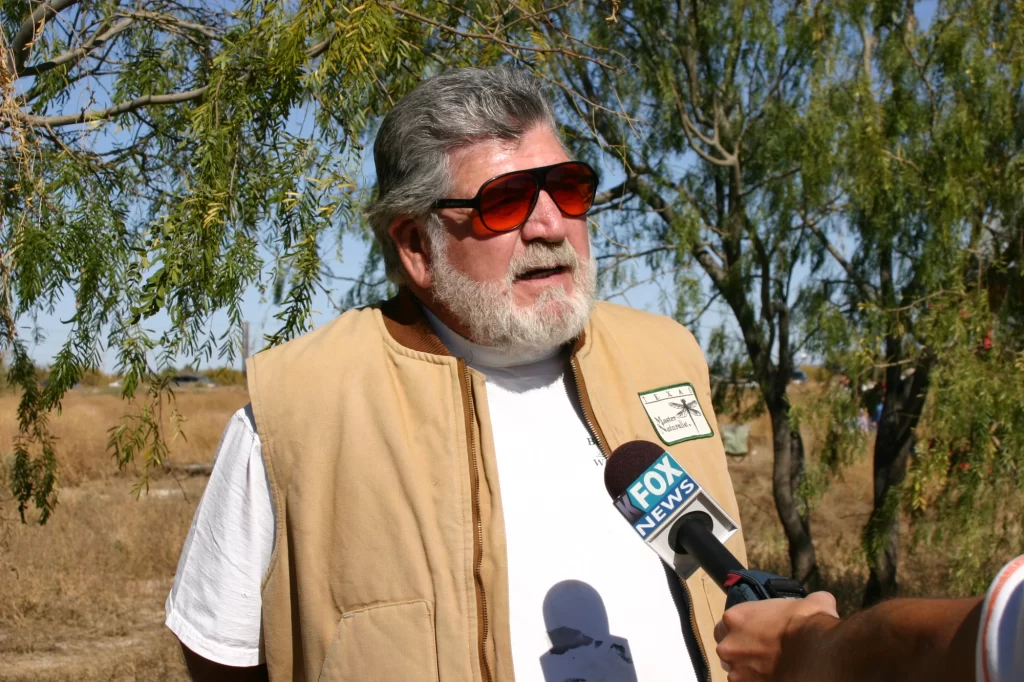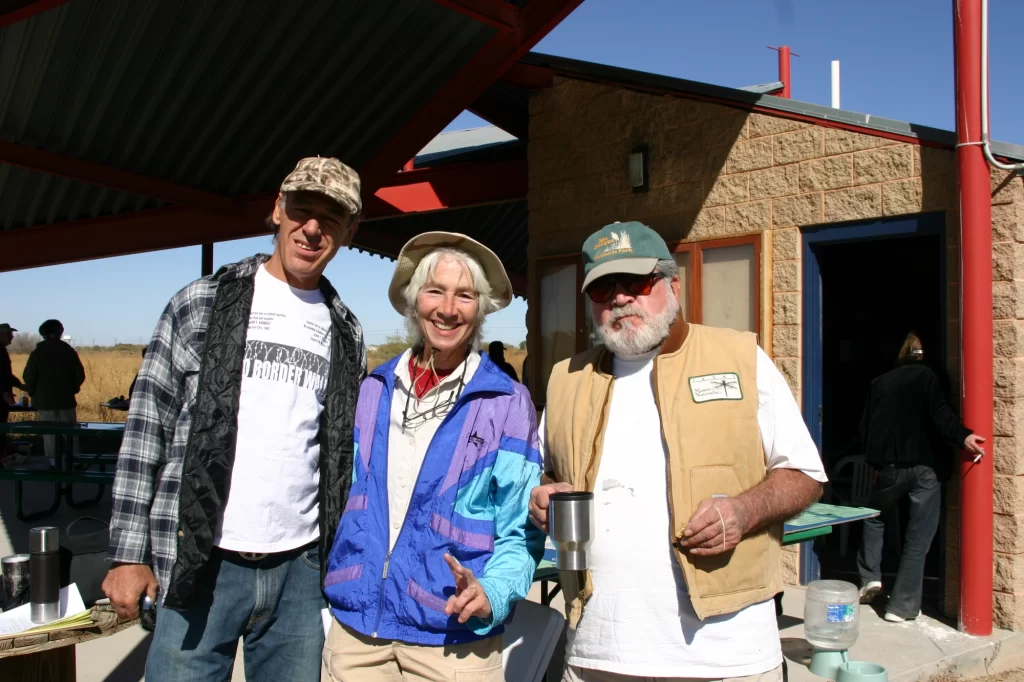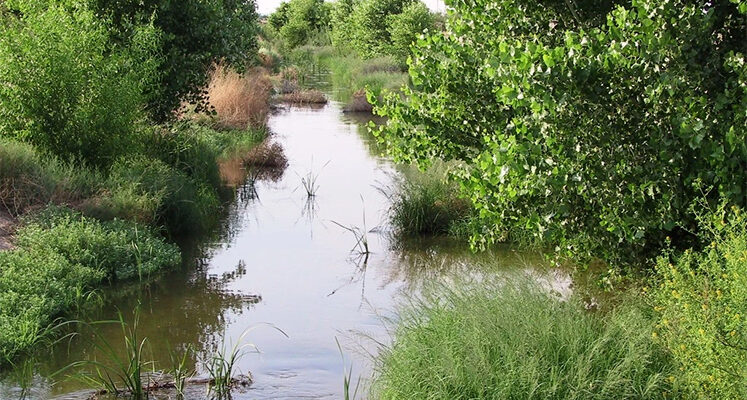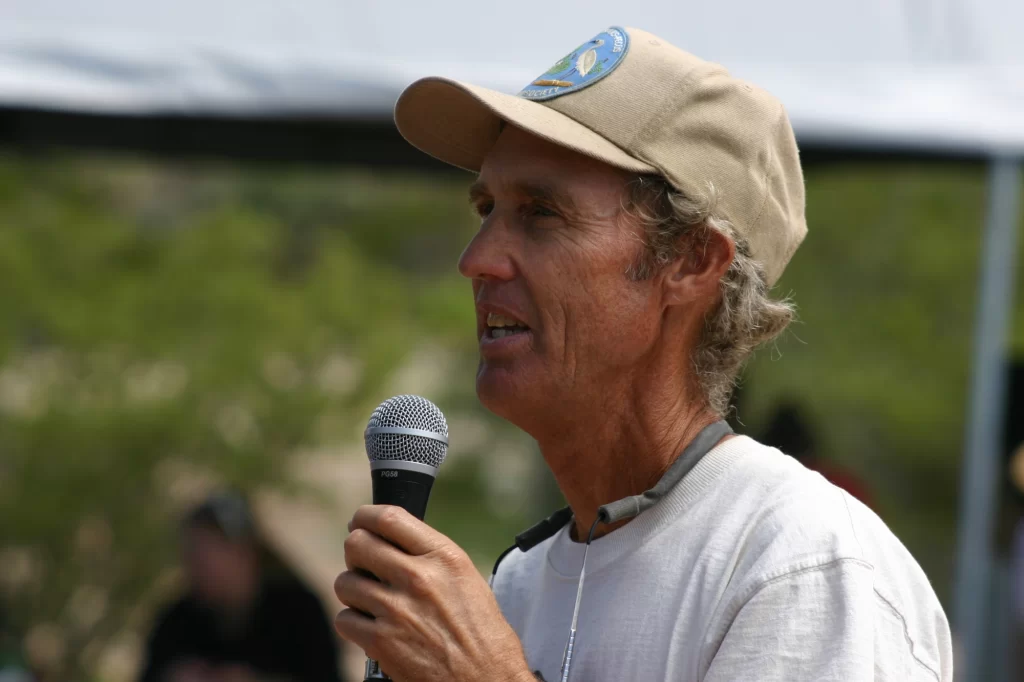This post was originally published on by ricklobello on the ILoveParks WordPress blog.
In just a few seconds you can show your support for parks and the I Love Parks blog by subscribing with your email.
Yes, here we are again. The Rio Bosque Wetlands Park in El Paso’s Lower Valley faces yet another assault from the unchecked forces of development.
by Jon Rezendes
Unfortunately, this one towers over both the border wall and in-development cement plant. The Texas Department of Transportation plans to proceed with a border highway expansion along one of three routes, all directly adjacent or over the bosque with one horrific proposal that includes a major cloverleaf intersection atop the visitor lot.
A destructive highway is an existential threat to this critical habitat that has been special to so many people over the years. There is no underestimating the amount of damage that will be done during the extensive and years-long construction period. Moving that much equipment, earth, cement, and rebar would decimate the land. TXDOT renderings show one of two forms of elevated highway as a “mitigation” strategy, but I can’t imagine migratory birds seeking refuge at the most inundated part of the park beneath a six-lane highway.
Then, once construction is complete and the “new normal” is established, the wetlands’ resident and transient species will have to deal with the trash, runoff, noise and light pollution that comes from thousands of speeding cars above their heads each day. You can imagine the number of insects plastered along windshields every summer night, decimating the foodstock at the base of the food web.
A reliable source with insight into the situation told me that the TXDOT proposed strategy would be “a net” to prevent car impacts and that “they can mitigate anything.” Beyond the agonizing hubris of the TXDOT statement, a net is the most laughable mitigation measure to ever be suggested as a way to prevent flying animal deaths. As many of you already know, netting and mist nets are exactly what biologists and conservationists use when conducting research on birds and flying insects. Rather than protecting wildlife, this net would trap everything from butterflies and hummingbirds to hawks and herons so passing commuters can stare in horror at the spectacle as these creatures die from exposure or dehydration.

Perhaps more than anything, this wetland is like a member of our community. The importance it holds for everyone from everyday El Pasoans to cutting-edge scientific researchers to the Tigua Pueblo Nation, who, in my estimation, deserve the undying support of every single person that calls this region home. The Tiguas will also be severely impacted by this proposal with every alternative running atop their land beside the border.
We cannot let this happen.
So, what can you do? Here are some ways you can get involved:
- Show Up: TXDOT is having two upcoming listening sessions (May 1st, 5:00 pm at Clint High School and May 2nd, 5:00 pm at Western Tech). Let’s pack the house.
- Tell Everyone: It doesn’t matter how: social media, email, at school, through the chisme network… Tell everyone about Rio Bosque, encourage them to visit, and educate them that we could lose it to a highway.
- Get Loud: Beyond the listening sessions, there are lots of people you can contact about this issue. Share the message, tell them that the wetland is more important than a highway. Below are just a few examples of people to start inundating with messages, it only takes five minutes to send an email or make a phone call. Some form of email, telephone number, or additional information is available at all the following links:
- Your local city council representative
- Mayor Oscar Leeser
- Nicole Alderete-Ferrini, City Chief Climate and Sustainability Officer
- EP Water Public Service Board (they meet every second Wednesday at 8:00AM at the EP Water building on Hawkins Blvd. behind the Fountains)
- Congresswoman Escobar’s Office
- Your local state representative from District 74, 75, 77, 78, or 79
- State Senator César Blanco
Past and Present Rio Bosque Conservation Heroes



the late Judy Ackerman and Sal Quintanilla
Jon Rezendes is the vice president of the Frontera Land Alliance, a board member of the Texas Lobo Coalition, and a regular contributing author to Rewilding Earth.


